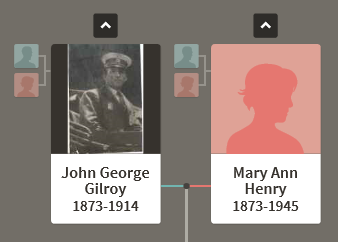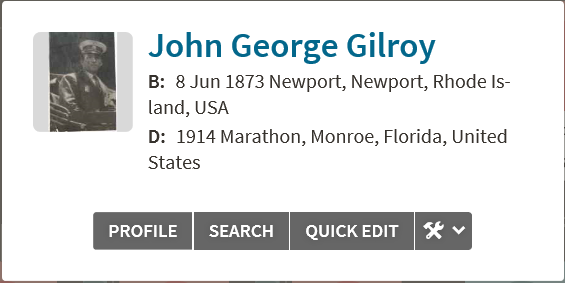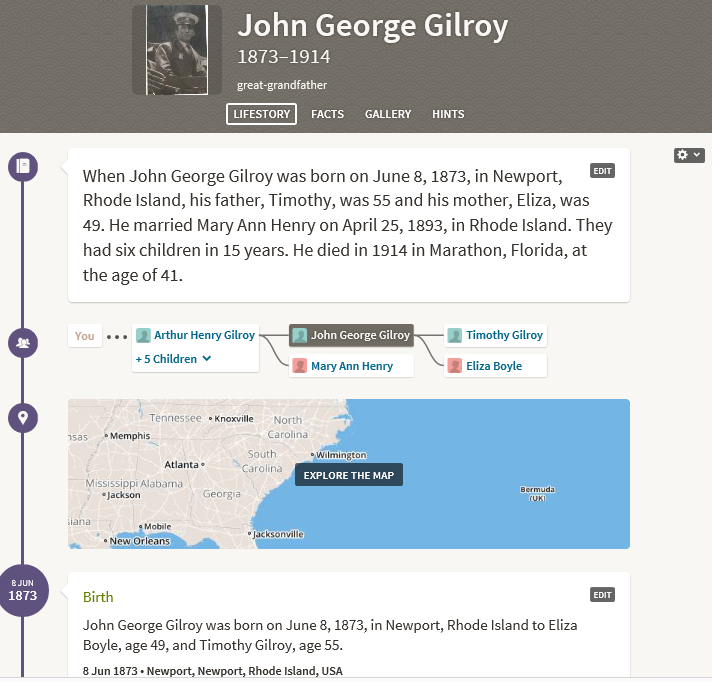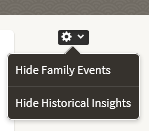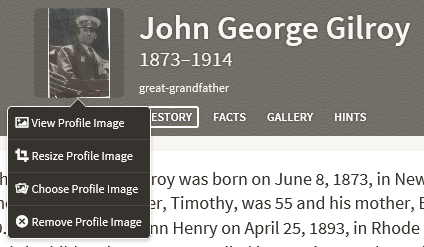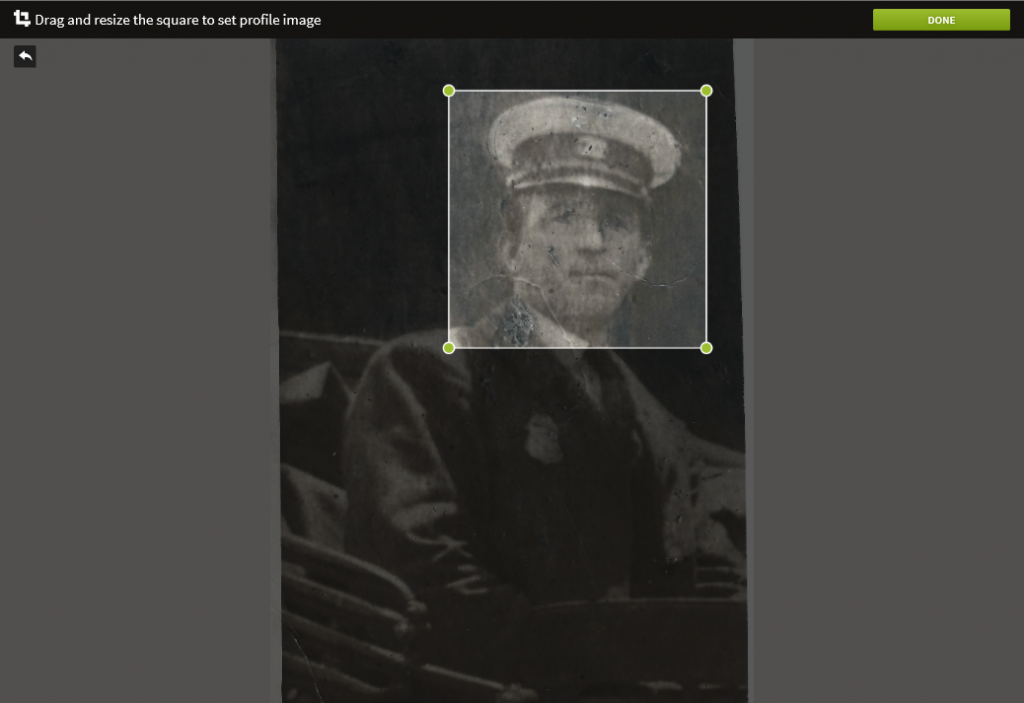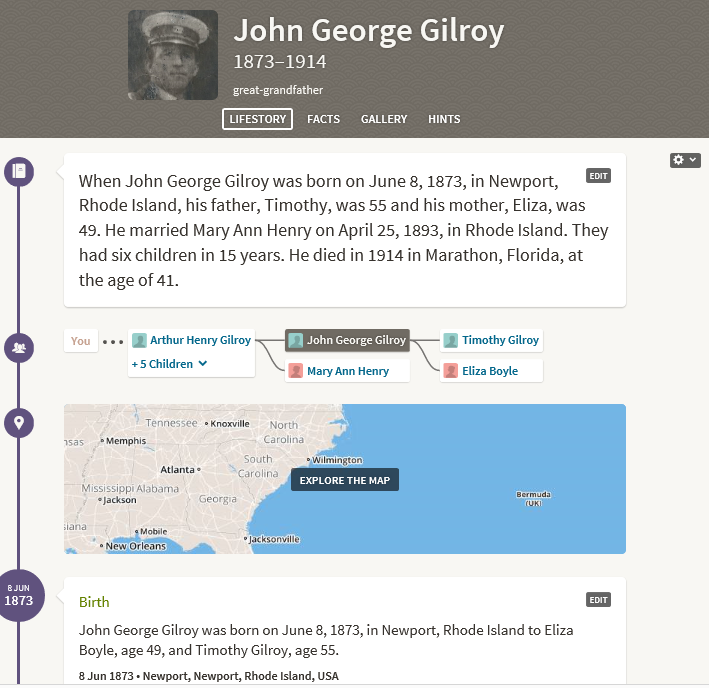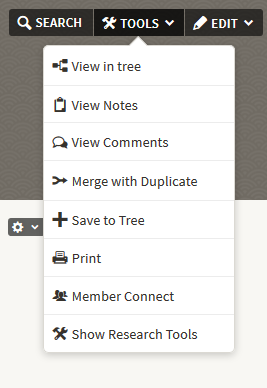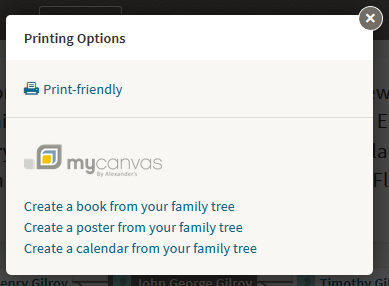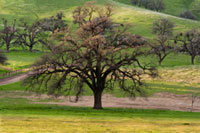During my talk about military archives at the Howard County Genealogical Society, the question came up about researching Merchant Marines.
Some brief research was educational. I learned that the U.S. Merchant Marine has no official historians and researchers. The Merchant Marine predates the U.S. Navy (13 October 1775), the U.S. Marines (10 November 1775) and the U.S. Coast Guard (formerly the Revenue Cutter Service was founded on (4 August 1790)). On 12 June 1775, a party of Maine mariners in an unarmed lumber schooner captured the HMS Margaretta, which was a fully armed British warship.
The mariners involved in “ocean-going service” during World War II do have Veteran Status. They may be entitled to a gravestone, a flag for their coffin, and burial in a National Cemetery. Merchant Mariners who served during other wars do not have this recognition. For more information, see the information at http://www.usmm.org/contact.html
Remember to make a timeline for your ancestor and gather information about the ships and their history while the ancestor served.
I recommend the resources at the American Merchant Marine at War website. These are the links that would be good starting places:
1) American Merchant Marine at War
http://www.usmm.org/
This website is dedicated to those Mariners who died during U.S. wars, and contains many links to valuable research material about the Merchant Marines. This website covers a lot of ground, including history and links to help a researcher dig farther into researching their Merchant Mariner and ships. You can also purchase gift items or make donations to support the website.
2) American Merchant Marine at War Records and Contact Information
http://www.usmm.org/contact.html
This page has the contact information for service records for mariners and ships.
However, do check the website for more history and historical documents.
3) Frequently Asked Questions about the Merchant Marine
http://www.usmm.org/faq.html
This list of frequently asked questions is a great gathering of information about the Merchant Marine including the background about the people, the history, the wartime casualties, and how to join.
4) One page Information Sheet Handout about WWII Merchant Marine
http://www.usmm.org/infomm.pdf
This pdf document is a one page summary of how the U.S. Merchant Marine made victory possible in WWII.

